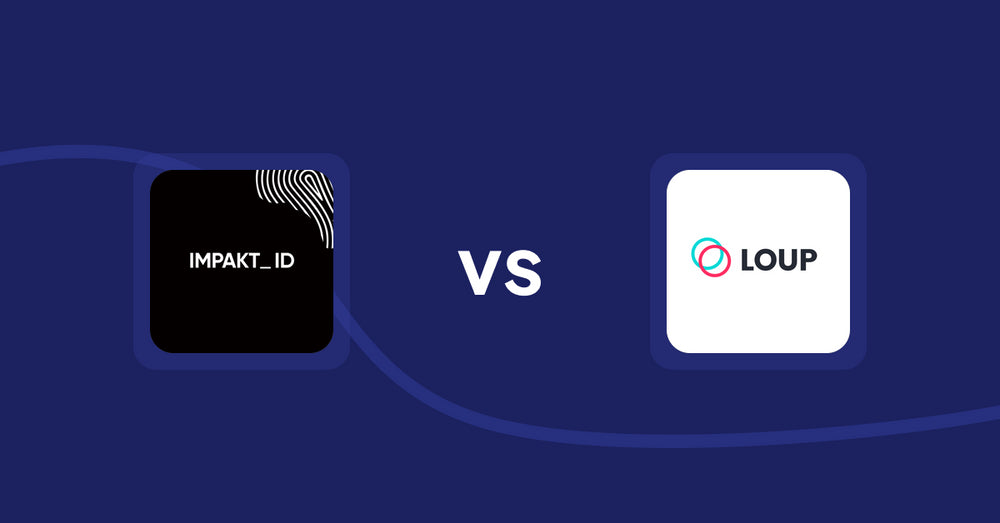Shopify Product Display Apps: Xeon ‑ Hide Sold Out vs Pasilobus Wishlist Supply List

Table of Contents
- Introduction
- How Does Xeon ‑ Hide Sold Out Work?
- How Does Pasilobus Wishlist Supply List Work?
- How Much Does Xeon ‑ Hide Sold Out Cost?
- How Much Does Pasilobus Wishlist Supply List Cost?
- Cost Analysis: Xeon ‑ Hide Sold Out vs. Pasilobus Wishlist Supply List
- User Reviews & Customer Support Insights
- Integration and Compatibility Comparison
- Conclusion
Introduction
In the highly competitive world of e-commerce, the way products are displayed can significantly influence customer behavior. A recent study shows that merchants who effectively manage their product displays can increase conversion rates by up to 30%. Product display apps play a crucial role in enhancing user experiences and driving sales by ensuring that potential buyers only see the items they can purchase.
Among the various options available, Xeon ‑ Hide Sold Out and Pasilobus Wishlist Supply List offer distinctive capabilities for managing product visibility. Both applications integrate easily with Shopify platforms and cater to a wide range of business needs, but they do so in different ways. Let's explore how each app functions and the specific advantages they offer to merchants aiming to streamline their product displays and optimize customer engagement.
How Does Xeon ‑ Hide Sold Out Work?
Xeon ‑ Hide Sold Out serves as a valuable tool for merchants seeking to improve the buying experience by effectively managing sold-out products. Its core functionality revolves around automating the process of hiding products that are no longer available and republishing them once they are back in stock.
Key Features of Xeon ‑ Hide Sold Out
-
Automatic Hiding and Publishing:
- This feature automatically hides products that are sold out, ensuring customers don’t become frustrated by encountering items they can’t purchase. When products are restocked, the app republish them automatically.
- Utility: Ideal for businesses of all sizes, this function saves merchants time and reduces the risk of losing sales because of unavailability.
-
Email Alerts:
- Merchants can schedule email notifications to keep customers informed about hidden and published products.
- Utility: Particularly beneficial for larger enterprises, this feature helps maintain customer engagement and encourages repeat visits.
-
Custom Scheduling:
- Users have the option to set specific schedules to hide and publish products, replicating a planned marketing strategy.
- Utility: This is beneficial for seasonable or promotional products, allowing startups and small businesses to align their inventories with customer demand.
Hypothetical Scenarios
Imagine a scenario where a small clothing retailer frequently runs out of popular sizes. Implementing Xeon ‑ Hide Sold Out would allow them to automatically conceal sold-out items, creating a cleaner shopping interface. When the sizes are back in stock, customers receive notifications and see those items instantly available again.
Conversely, a large electronics store would benefit from setting specific hiding and publishing schedules to coincide with new product launches or marketing promotions, ensuring that the website is always optimized for customer interest.
How Does Pasilobus Wishlist Supply List Work?
Pasilobus Wishlist Supply List focuses primarily on enriching the shopping experience through personalized wishlists and order forms. It allows customers to save items for later, share their lists, and facilitates order processing through structured lists.
Key Features of Pasilobus Wishlist Supply List
-
Unlimited Lists and Items:
- Users can manage an unlimited number of wishlists and items, enabling customers to curate their own shopping experiences.
- Utility: This feature appeals to both small and medium-sized enterprises where customer loyalty is essential for continual growth.
-
Sharing Options:
- Customers can easily share their wishlists with others via email and social media, fostering a community-centric shopping experience.
- Utility: This can be valuable for businesses aiming to expand their reach as shared lists often drive traffic to the original store.
-
CSV Uploads for Order Forms:
- Merchants can streamline their order processing by allowing CSV uploads, facilitating easier management of large orders.
- Utility: This functionality caters to B2B markets, where efficiency and speed of processing are crucial for larger enterprises.
How Much Does Xeon ‑ Hide Sold Out Cost?
Cost-effectiveness is vital when selecting the right app for managing product display. Xeon ‑ Hide Sold Out offers several pricing tiers designed to accommodate varying business needs and sizes:
-
Free Plan:
- Price: Free
- Features: Manage up to 5,000 products, manual hiding and publishing.
- Limitations: Limited product management options suitable for startups.
- Target Audience: Ideal for woodworkers or craftspeople just starting out.
-
Basic Plan:
- Price: $3.99/month
- Features: Manage up to 10,000 products, includes automatic hiding and publishing tools.
- Limitations: Still a limited product count, but adds automation.
- Target Audience: Small to medium-sized businesses experiencing growth.
-
Pro Plan:
- Price: $8.99/month
- Features: Manage up to 50,000 products with all previous features.
- Limitations: Higher cost but suited for enterprises.
- Target Audience: Larger businesses or brands with extensive inventory.
-
Advance Plan:
- Price: $13.99/month
- Features: Manage up to 100,000 products, includes all features.
- Limitations: Price increases with features.
- Target Audience: Best for large enterprises managing diverse product ranges.
It is important to note that you can always reach out to our team and we can create a custom pricing plan to suit your needs and your budget. Schedule a call via this link and we’ll come up with the best solution for you and your business.
How Much Does Pasilobus Wishlist Supply List Cost?
Pasilobus also offers several pricing tiers, but their focus on wishlist and saving options provides distinct functionality:
-
Free Plan:
- Price: Free
- Features: Unlimited wishlist items, share options, and 'Save for later.'
- Limitations: Lacks detailed reporting and multiple lists.
- Target Audience: Ideal for new businesses wanting to offer wishlist features without initial costs.
-
Advanced Plan:
- Price: $14.99/month
- Features: Unlimited items, detailed reports, and multiple lists.
- Limitations: A step up in functionality but at a higher price.
- Target Audience: Targeted more towards medium enterprises focusing on customer loyalty.
-
Plus Plan:
- Price: $49.99/month
- Features: Includes all previous features plus support for B2B, order forms, and gift registries.
- Limitations: Significant jump in cost; may not suit all budgets.
- Target Audience: Designed mainly for larger businesses looking to enhance their inventory management.
Cost Analysis: Xeon ‑ Hide Sold Out vs. Pasilobus Wishlist Supply List
When comparing the value propositions of Xeon ‑ Hide Sold Out and Pasilobus Wishlist Supply List, Xeon offers a more diverse and cost-effective pricing structure for managing product displays. The basic functionalities of Xeon at a low price point allow businesses to grow without incurring high operational costs, whereas Pasilobus's pricing can become steep, especially for larger organizations.
Xeon allows for small-scale testing through their free plan, helping businesses assess effectiveness without any financial commitment. Conversely, while Pasilobus provides a wide range of features, the costs increase significantly with each tier, which may deter new or small businesses.
User Reviews & Customer Support Insights
Is Xeon ‑ Hide Sold Out good?
Xeon ‑ Hide Sold Out has garnered an impressive average rating of 5 stars based on 64 reviews. Users appreciate its simplicity and effectiveness, finding it a reliable solution for managing sold-out products. Positive reviews commonly highlight the app's automation features and ease of integration into existing Shopify stores.
Is Pasilobus Wishlist Supply List good?
Though currently rated 5 stars from a single review, users may find both pros and cons. The standout features include its limits on lists, which could cater to many small stores. However, some users could potentially miss the expansive reporting and advanced options, especially if they scale their operations.
Customer support is emphasized in both apps as crucial for customer experience. Reviews suggest that effective customer service can significantly influence merchant satisfaction and retention.
User Preference: Xeon ‑ Hide Sold Out or Pasilobus Wishlist Supply List?
Based on metrics, Xeon ‑ Hide Sold Out has proven to be more favored by users considering its higher volume of reviews and the consistent satisfaction expressed. It stands out not only due to its comprehensive capabilities but also its user-centric pricing model, making it a better solution for a wider range of businesses.
Integration and Compatibility Comparison
Xeon ‑ Hide Sold Out Integrations
Integrating seamlessly with Shopify, Xeon ‑ Hide Sold Out supports email integrations, allowing merchants to keep their customer base informed efficiently. This feature enhances both data tracking and communication, helping businesses improve engagement.
Pasilobus Wishlist Supply List Integrations
Pasilobus also integrates well with standard ecommerce functions, easing the order process for customers. It streamlines the shopping experience by enabling users to manage various tasks from single platforms, enhancing overall efficiency.
Conclusion
Xeon ‑ Hide Sold Out and Pasilobus Wishlist Supply List both deliver valuable solutions tailored to unique aspects of product management and display. However, Xeon stands out due to its user-friendly design, flexible pricing, and comprehensive functionality that addresses the critical aspects of product visibility. With an impressive 5-star rating and numerous positive reviews, Xeon − Hide Sold Out presents a more cost-effective choice for merchants wishing to optimize their product displays and engage customers effectively.
Still Searching for the Perfect Customization Solution?
Stop searching and start thriving with Accentuate Custom Fields! This powerful metafield management app supercharges Shopify’s native features, giving you the tools to create a truly personalized customer experience.
Why Choose Accentuate Custom Fields?
- Advanced Customization: Unlimited field definitions, logical grouping, and custom layouts make your store one-of-a-kind.
- Enhanced Editor Experience: Effortlessly edit variant metafields, use advanced HTML and markdown editors, and sync field definitions between stores.
- Flexible Management: Import/export capabilities, automatic tagging, and comprehensive support for Metaobjects and versioning.
- 24/7 Support: If you have any questions or need assistance, our team is available around the clock to help with any custom modifications to suit your store.
Join over 12,000 merchants, including top Shopify Plus stores, who trust Accentuate for their customization needs. With a stellar 4.9-star rating, Accentuate is the go-to tool for advanced CMS needs, offering unmatched flexibility and control over your store’s content. Elevate your Shopify store with high-quality content that boosts customer experiences and conversions. Tell your story, showcase your products, and create an engaging customer journey with ease.
Experience the Accentuate difference and watch your Shopify store thrive!
Accentuate vs Competition
Explore how Accentuate Custom Fields stands out. Whether you’re aiming to customise your storefront, streamline operations or improve content management, see how we compare against the competition
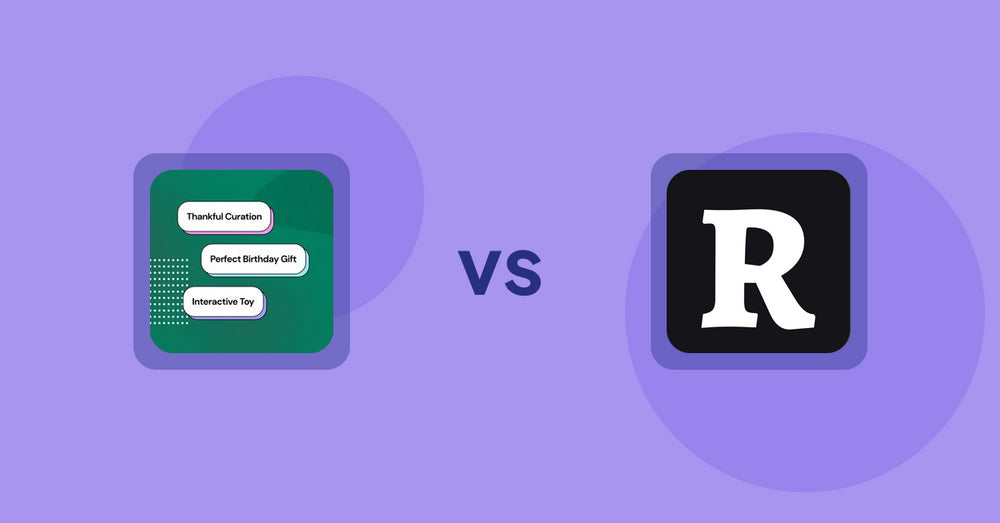
Shopify Product Display Apps: FeatureFrame ‑ Pretty Product vs. AI SEO: Top Product Features
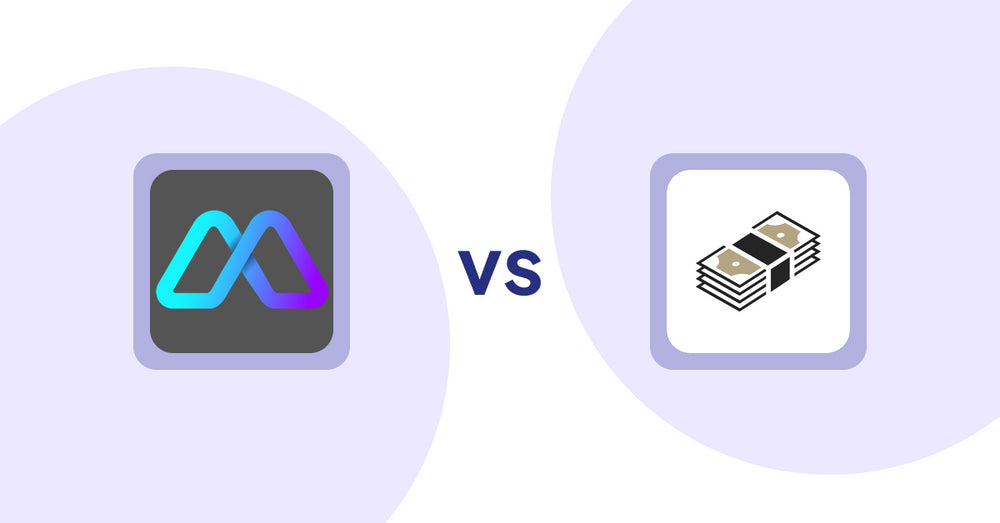
Shopify Product Display Apps: Metadrob: Create Virtual Store vs シンプルクラウドファンディング|お手軽自社クラファン
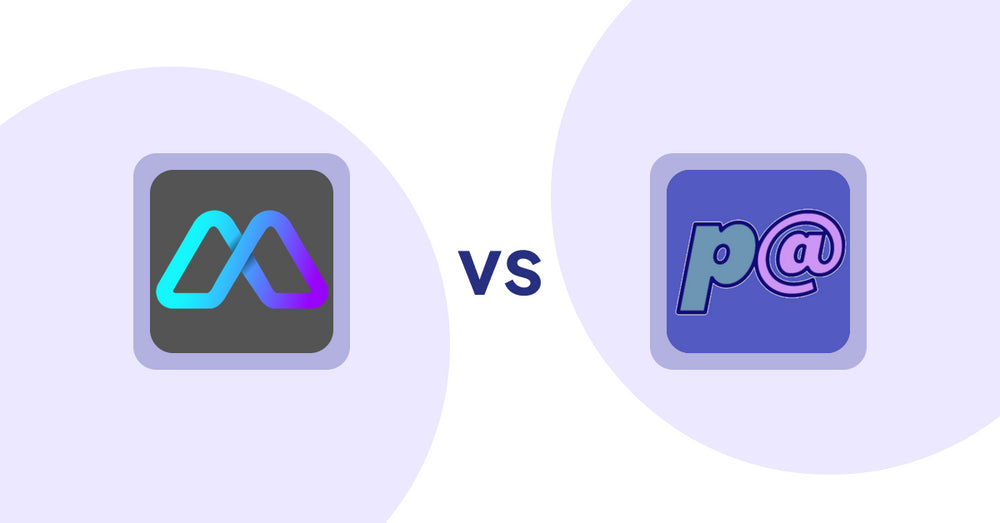
Shopify Product Display Apps: Metadrob: Create Virtual Store vs Parameterizer
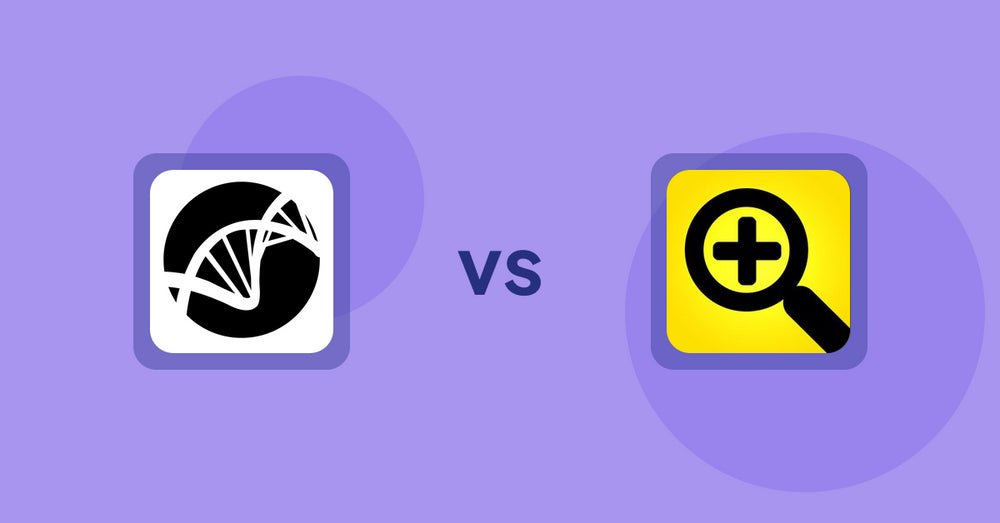
Shopify Product Display Apps: Bike Matrix vs. Fast View: Fastest Quick View
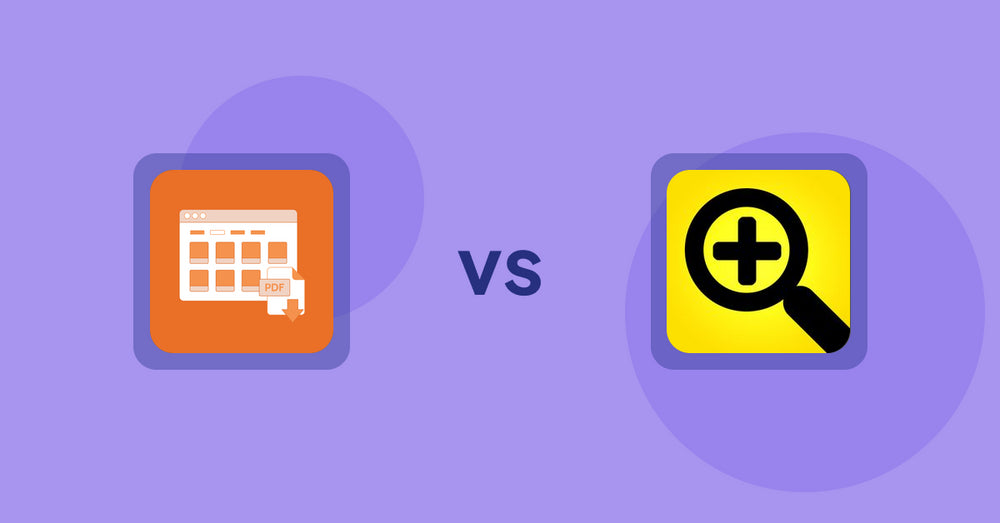
Shopify Product Display Apps: Meetanshi PDF Product Catalog vs Fast View: Fastest Quick View

Shopify Product Display Apps: UR: Smart Ranking vs Sortyfi Collection Merchandise
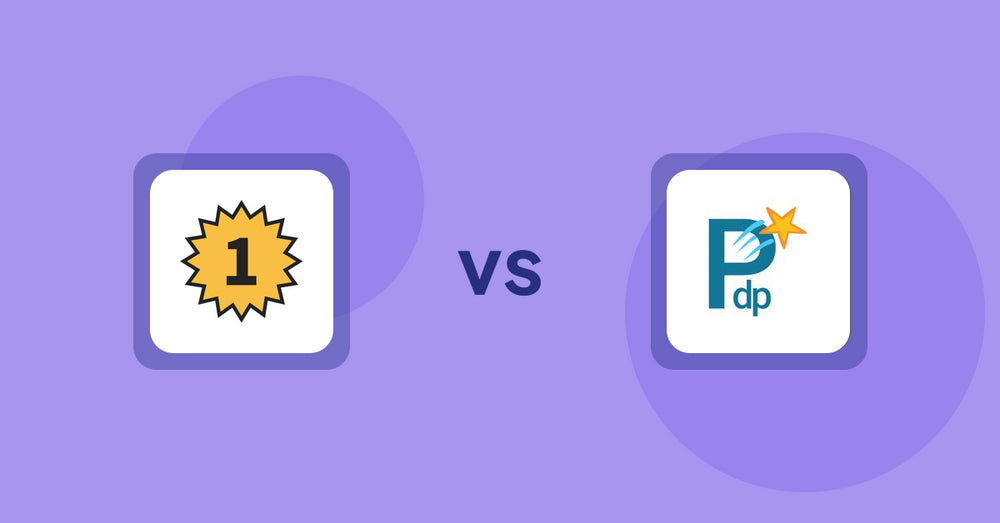
Shopify Product Display Apps: UR: Smart Ranking vs PDP Star

Shopify Product Display Apps: Menulog vs Reelify ‑ Shoppable Reel Video
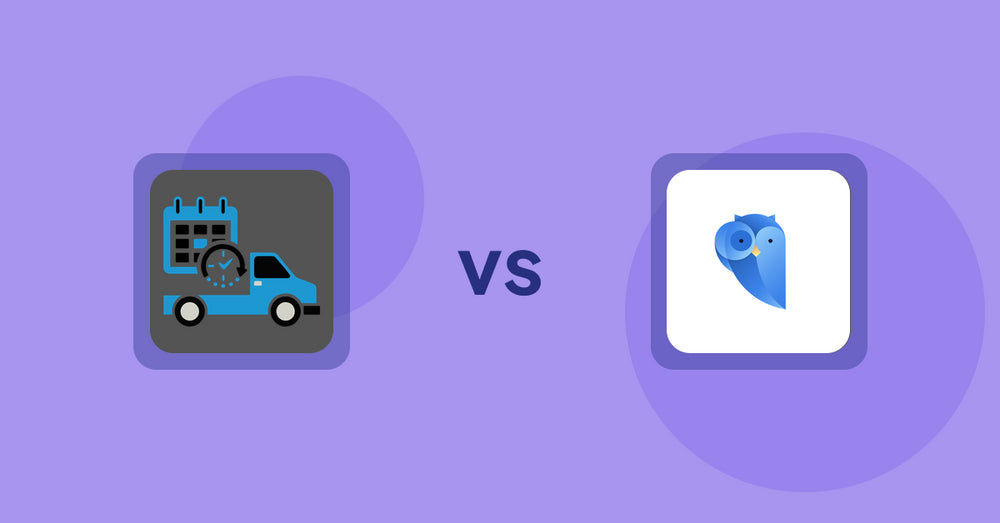
Shopify Product Display Apps: H3 Estimated Delivery vs Findify Search & Merchandise
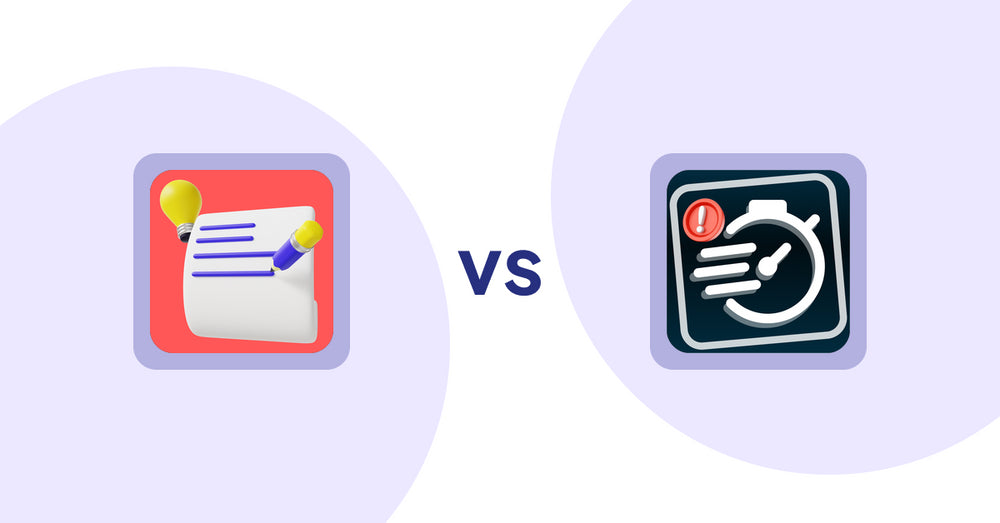
Shopify Product Display Apps: Wordo ‑ ChatGPT AI Description vs Urgency! Low Stock Counter
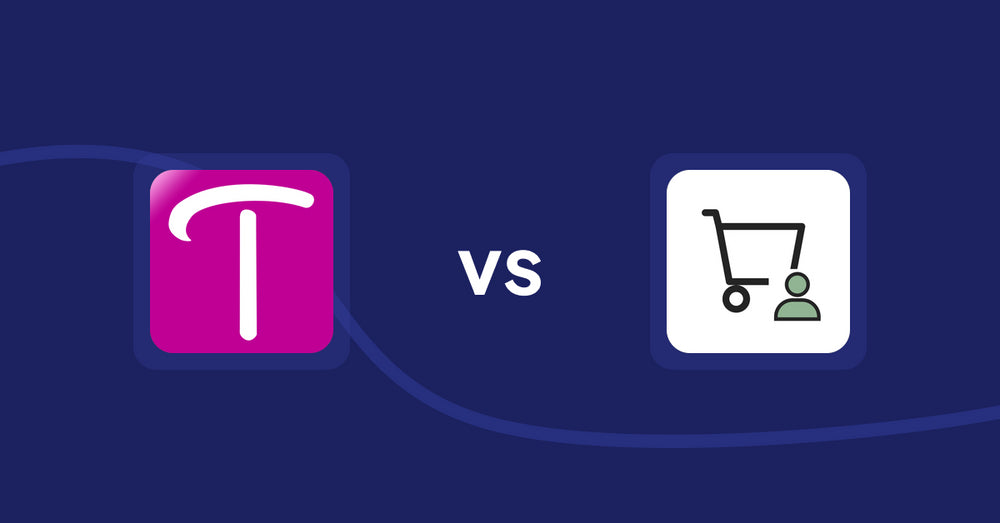
Shopify Product Display Apps: WS Transparency vs シンプル会員注文割引|お手軽ログインセール設定
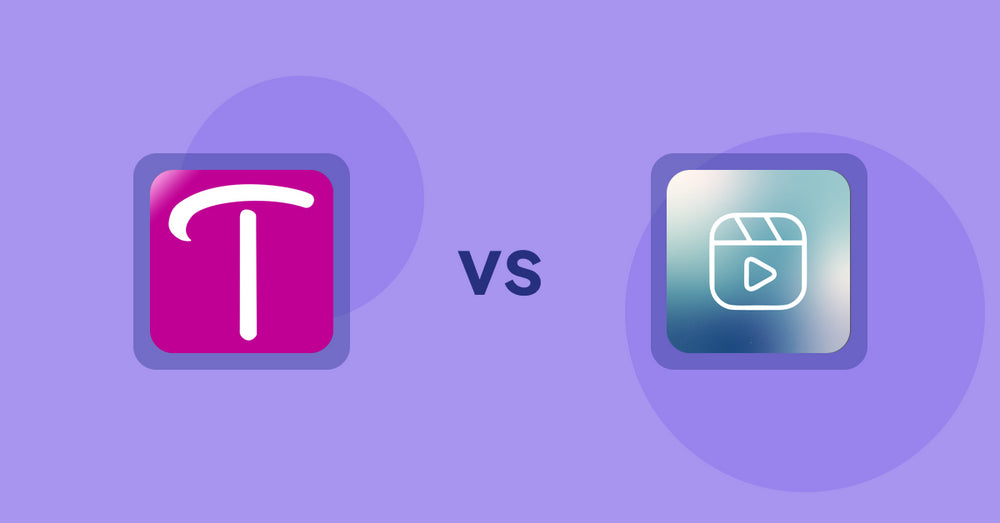
Shopify Product Display Apps: WS Transparency vs Reelify ‑ Shoppable Reel Video
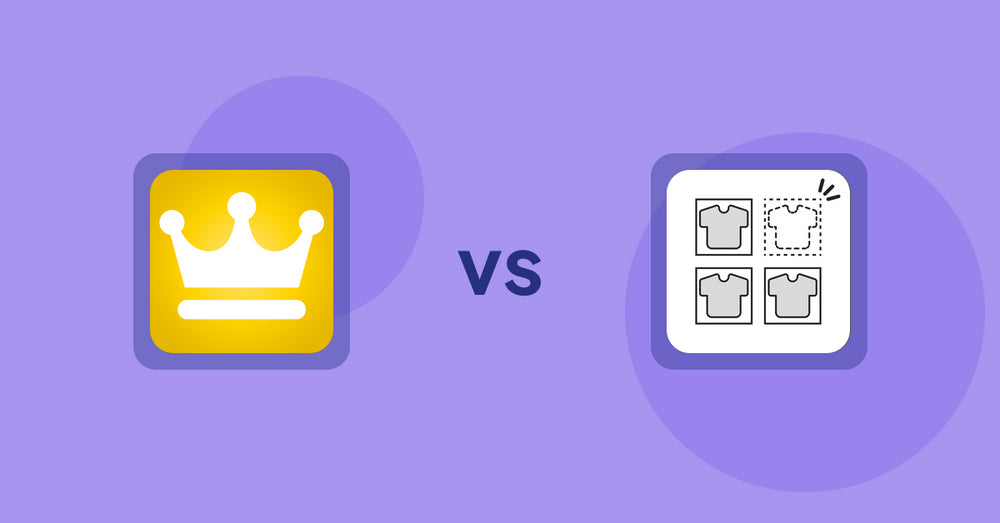
Shopify Product Display Apps: Awesome Ranking vs シンプル売り切れ非表示|在庫切れ商品の表示変更
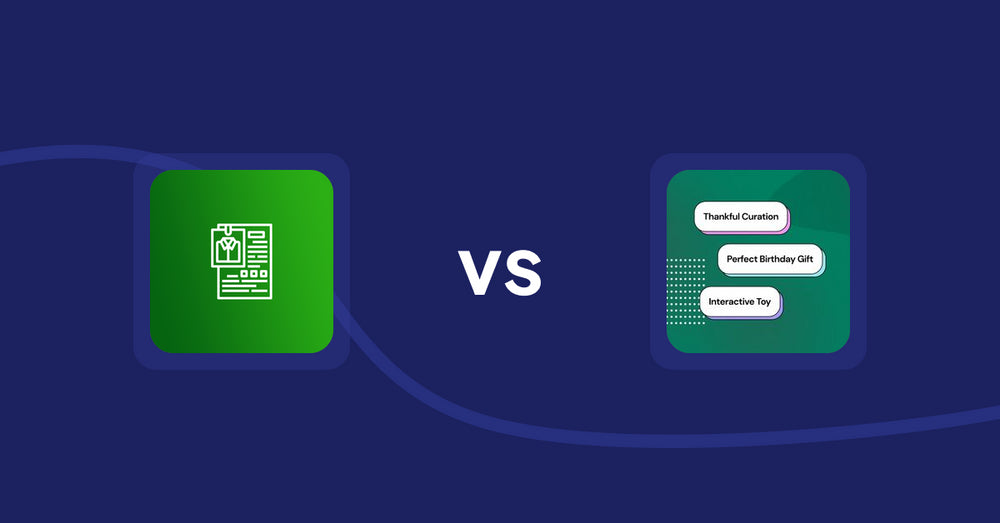
Shopify Product Display Apps: OC Product Size Chart vs FeatureFrame ‑ Pretty Product
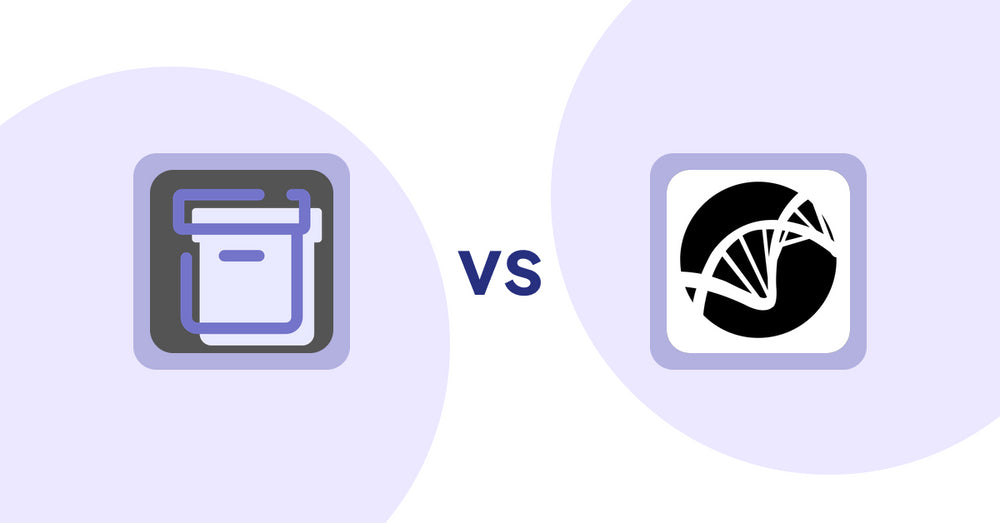
Shopify Product Display Apps: Shelfify vs Bike Matrix
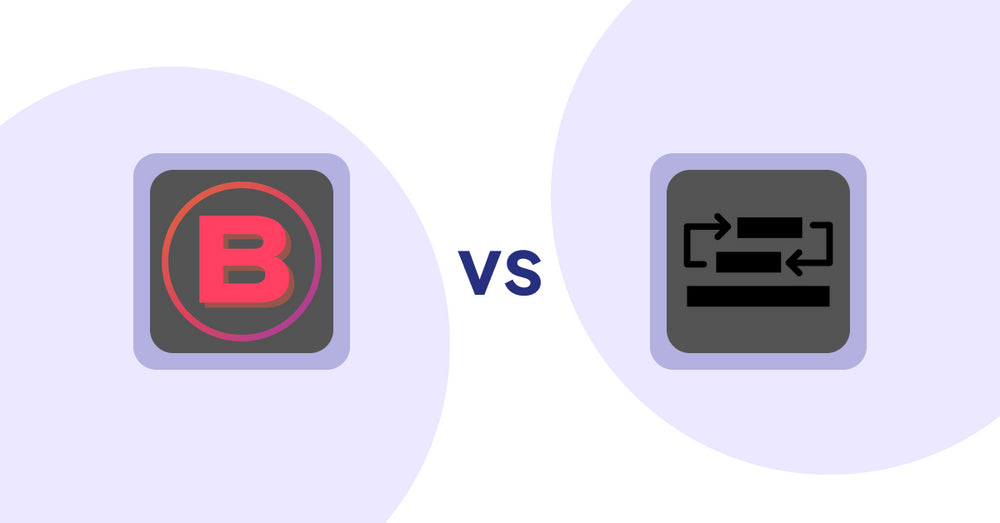
Shopify Product Display Apps: Banter Stories vs Sortyfi Collection Merchandise
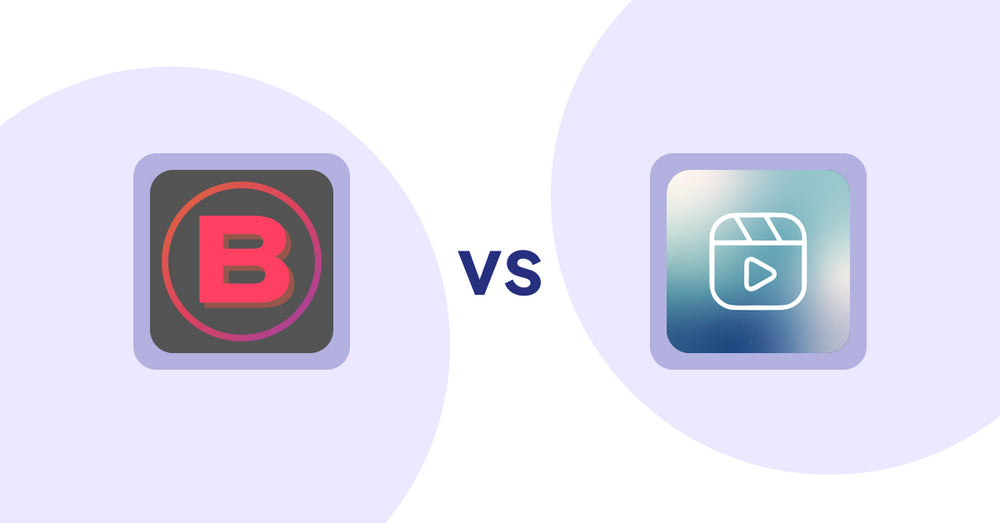
Shopify Product Display Apps: Banter Stories vs. Reelify ‑ Shoppable Reel Video
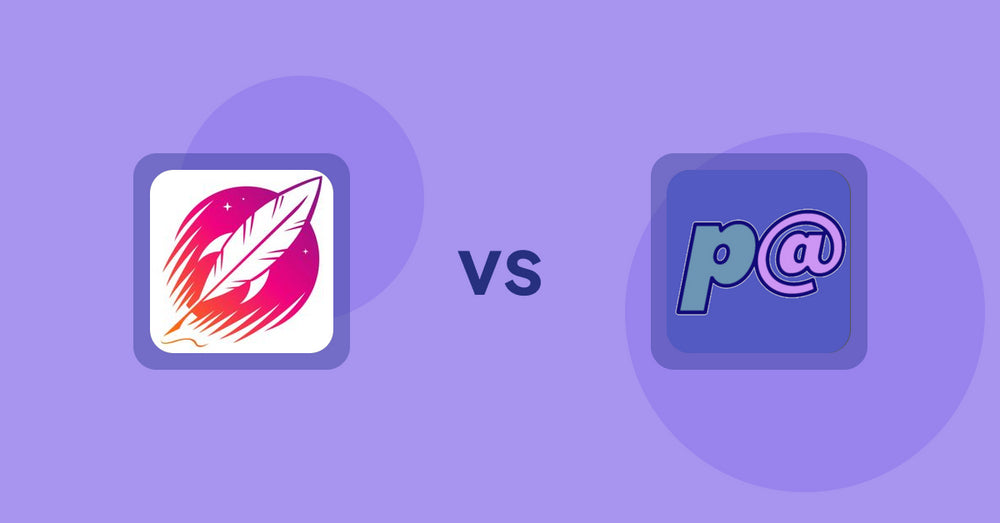
Shopify Product Display Apps: Wordsmith: Content Generator vs Parameterizer

Shopify Product Display Apps: Wordsmith: Content Generator vs Reelify ‑ Shoppable Reel Video
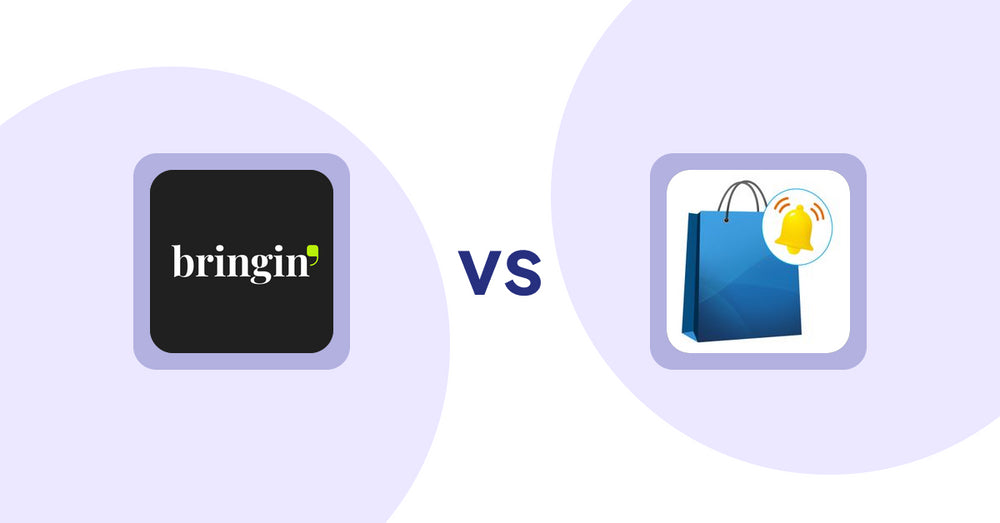
Shopify Product Display Apps: Bringin vs CartBar ‑ Product Purchase Bar
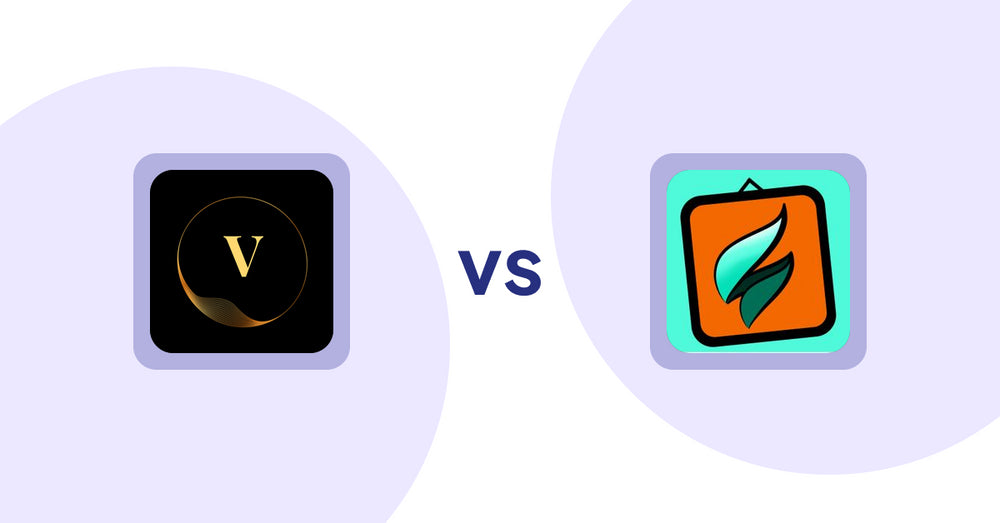
Shopify Product Display Apps: ProductTube vs SMART ‑ Art Product Builder
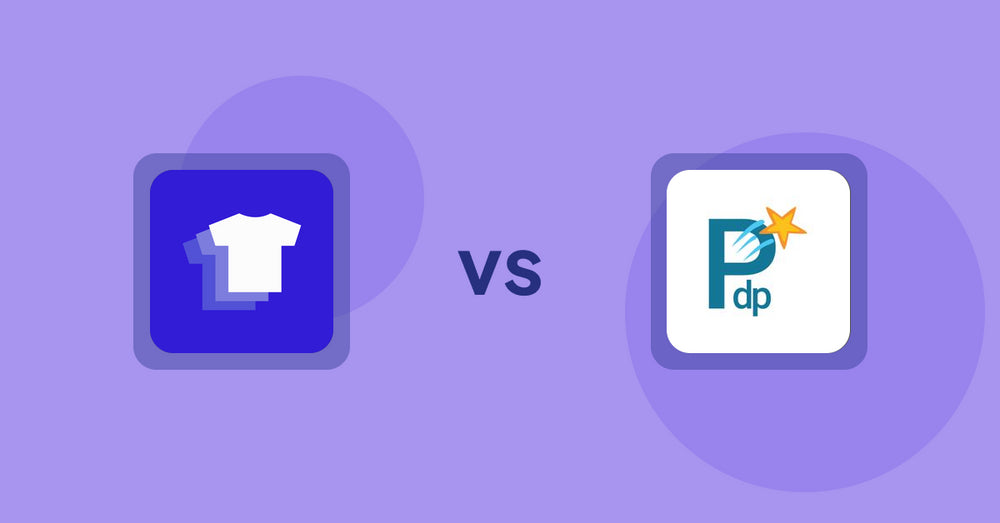
Shopify Product Display Apps: Xpander vs PDP Star
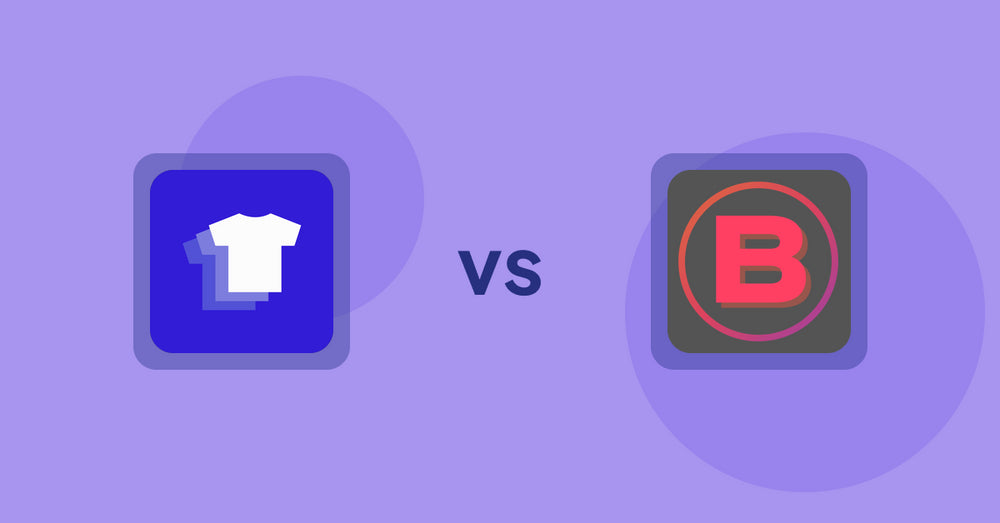
Shopify Product Display Apps: Xpander vs Banter Stories
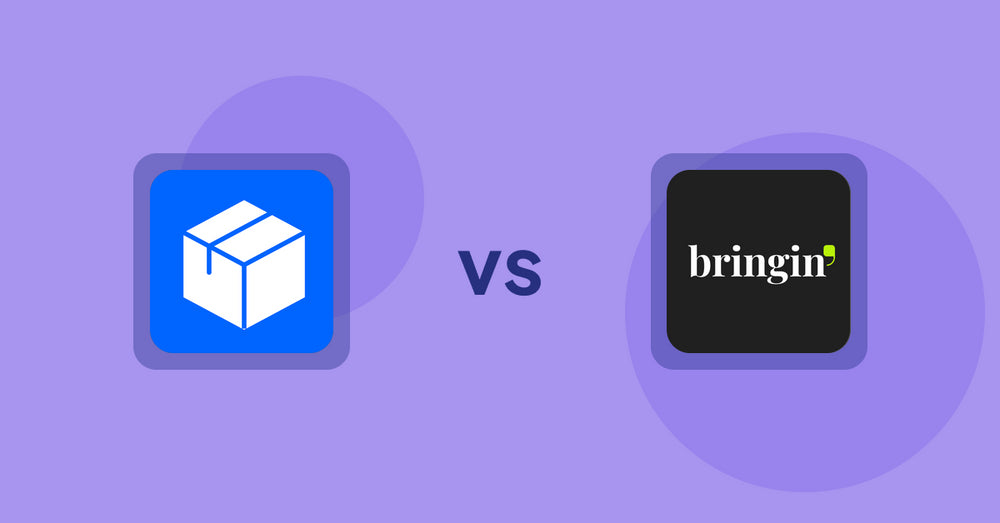
Shopify Product Display Apps: Wonderful Widgets vs Bringin
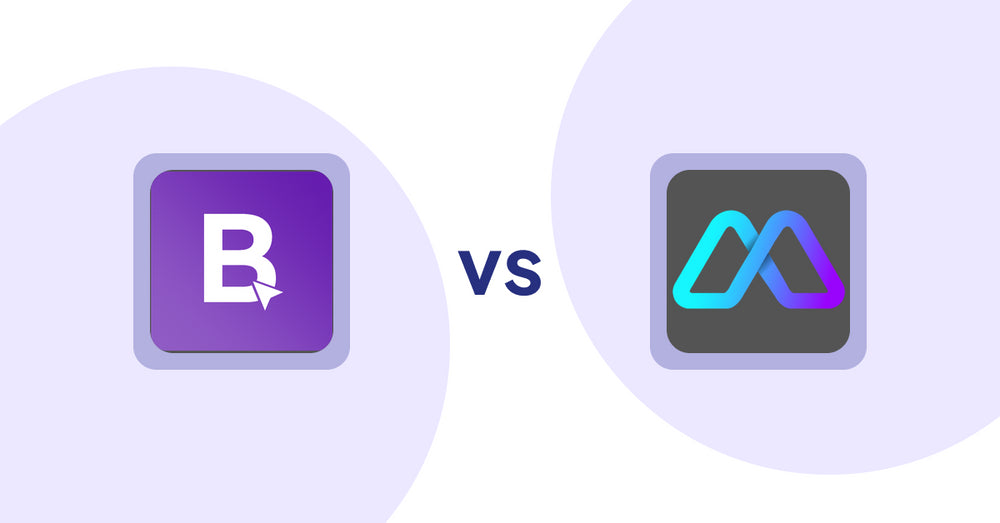
Shopify Product Display Apps: BookE - Rent Property & Service vs Metadrob: Create Virtual Store
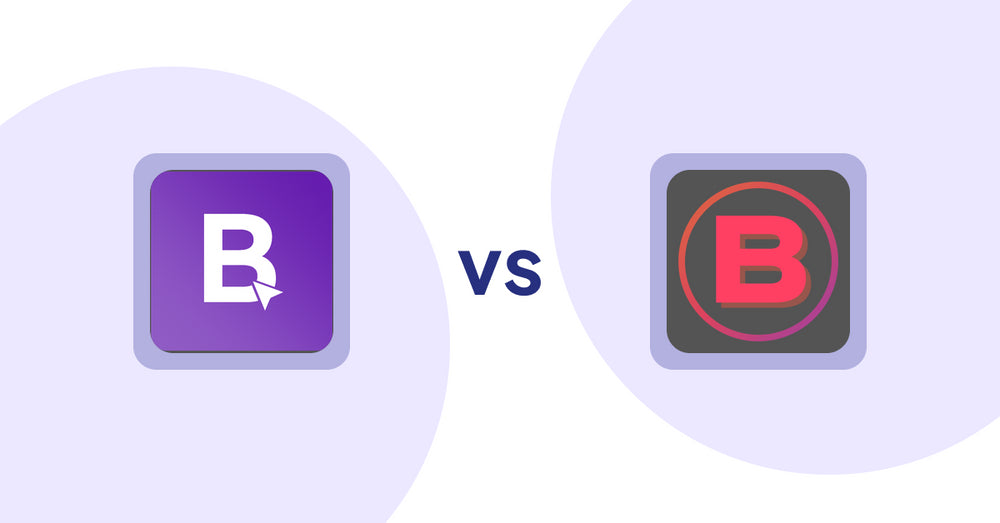
Shopify Product Display Apps: BookE ‑Rent Property & Service vs. Banter Stories
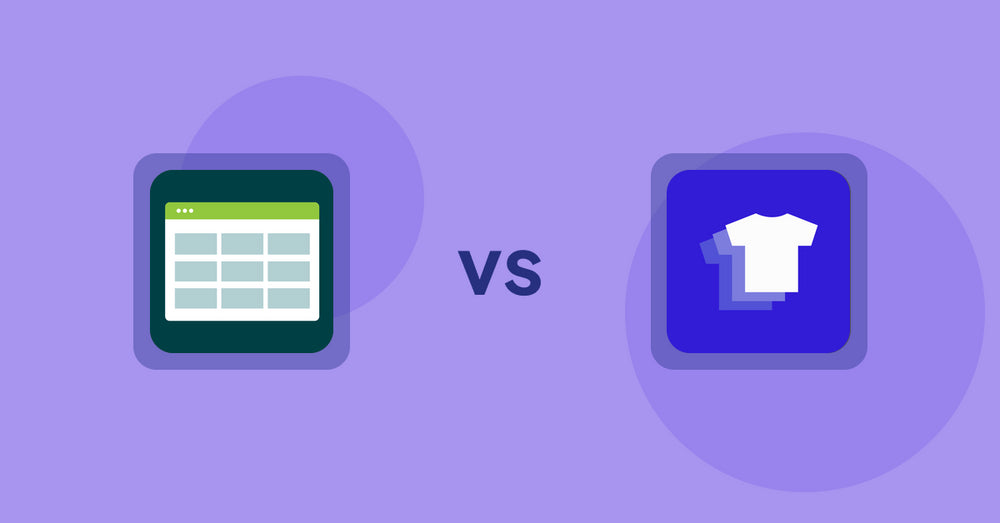
Shopify Product Display Apps: Product Table vs. Xpander

Shopify Product Display Apps: Selling Fast vs CartBar ‑ Product Purchase Bar
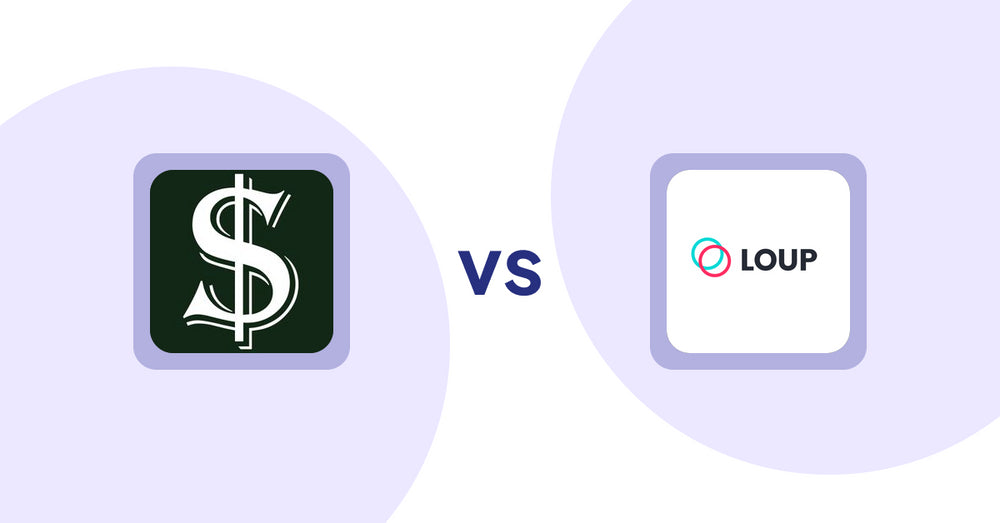
Shopify Product Display Apps: Selling Fast vs. Loup: Sell on Instagram

Shopify Product Display Apps: Selling Fast vs. Findify Search & Merchandise

Shopify Product Display Apps: Selling Fast vs. Aiuta
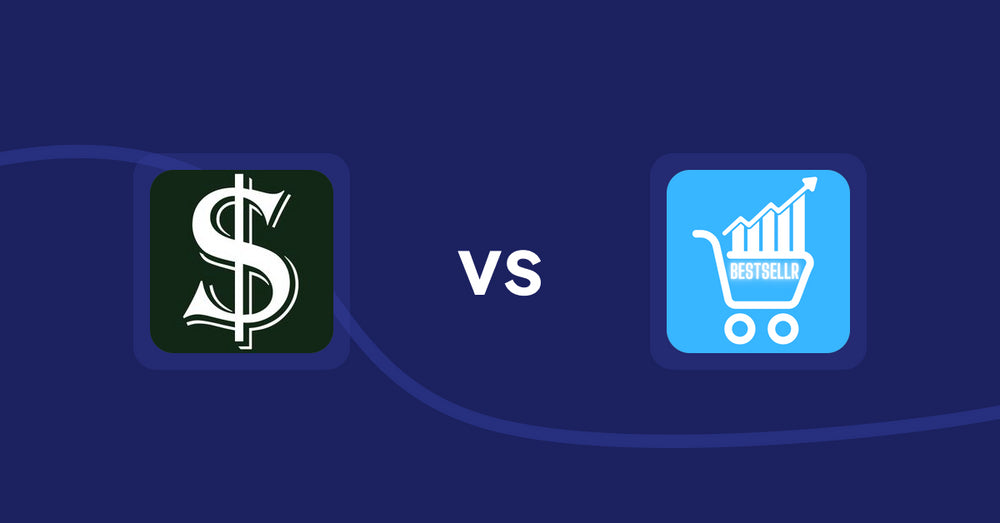
Shopify Product Display Apps: Selling Fast vs Bestsellr

Shopify Product Display Apps: Selling Fast vs ProductTube
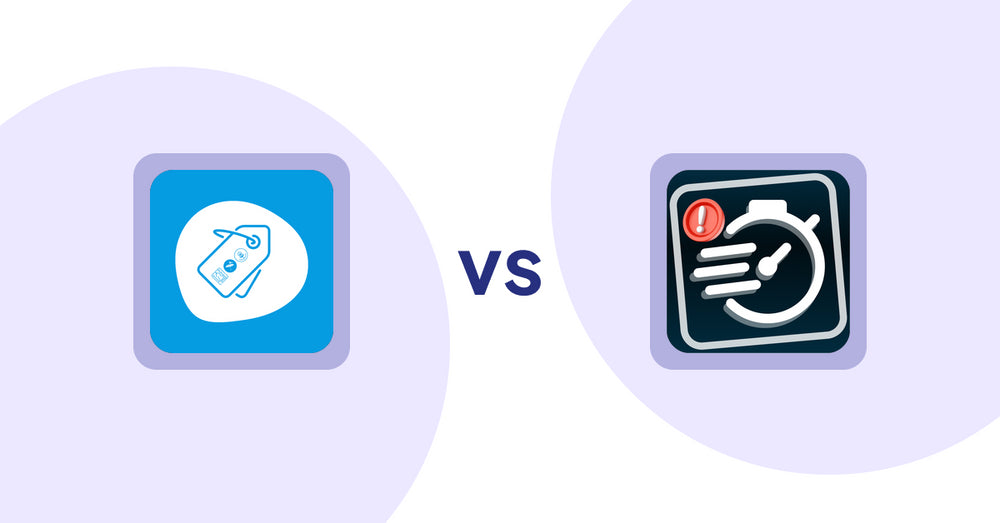
Shopify Product Display Apps: Extendons Product Tag Images vs Urgency! Low Stock Counter

Shopify Product Display Apps: Writer Sofia vs シンプルクラウドファンディング|お手軽自社クラファン

Shopify Product Display Apps: Writer Sofia vs Wordsmith: Content Generator
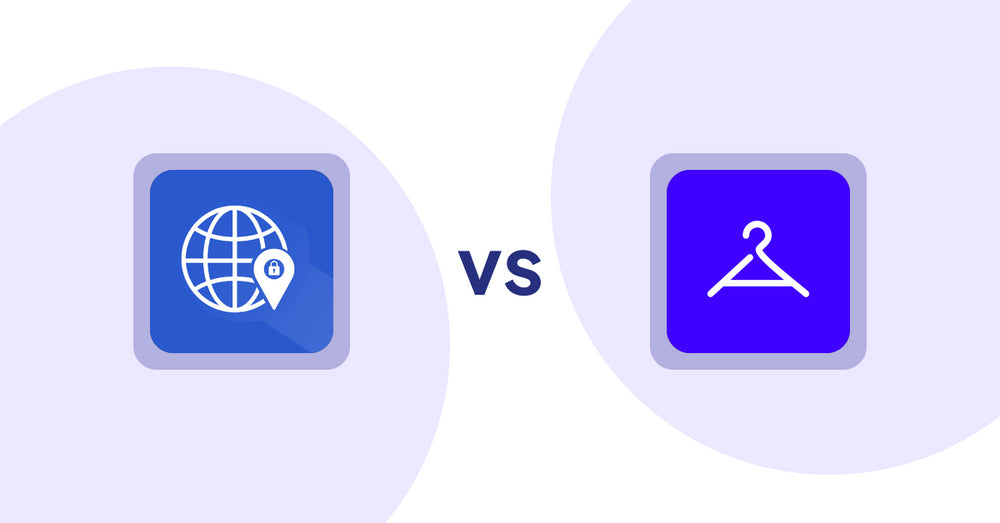
Shopify Product Display Apps: Addify ‑ Country Restrictions vs Aiuta
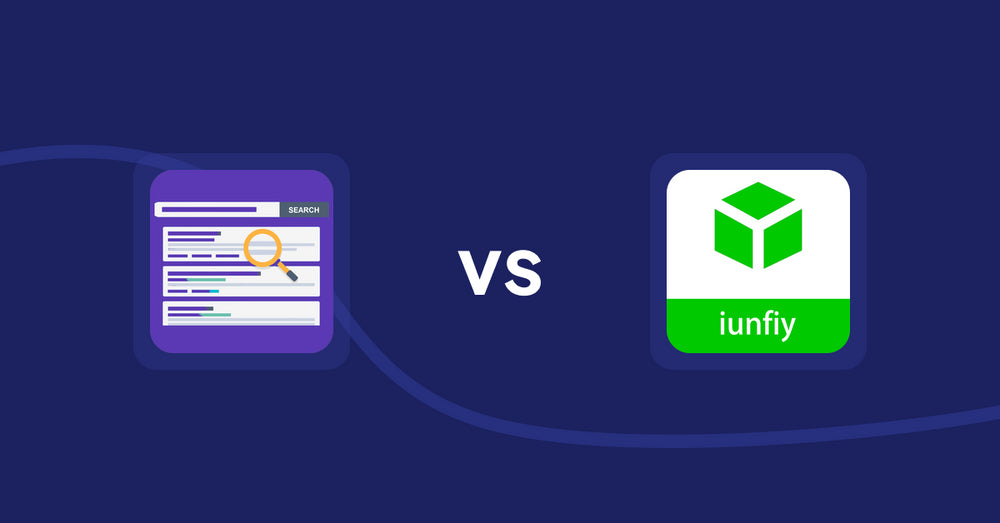
Shopify Product Display Apps: Spark AI Products Description vs iunfiy • Related Products

Shopify Product Display Apps: BeUnico vs Loup: Sell on Instagram
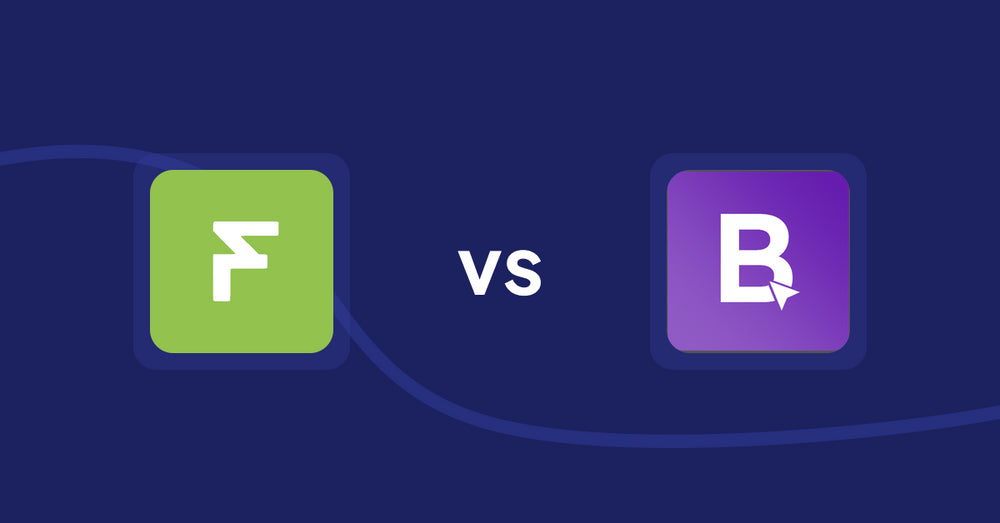
Shopify Product Display Apps: Easy Estimate Shipping vs BookE ‑Rent Property & Service
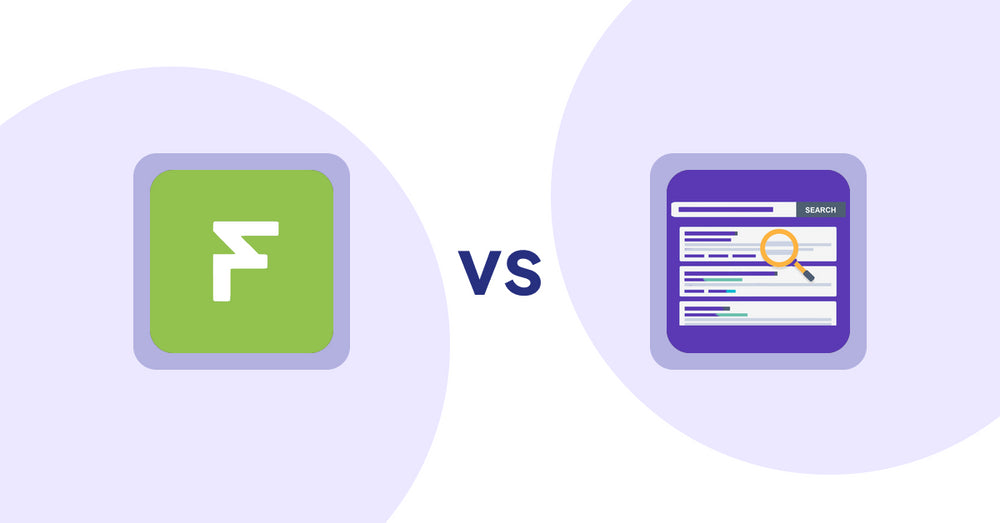
Shopify Product Display Apps: Easy Estimate Shipping vs. Spark AI Products Description
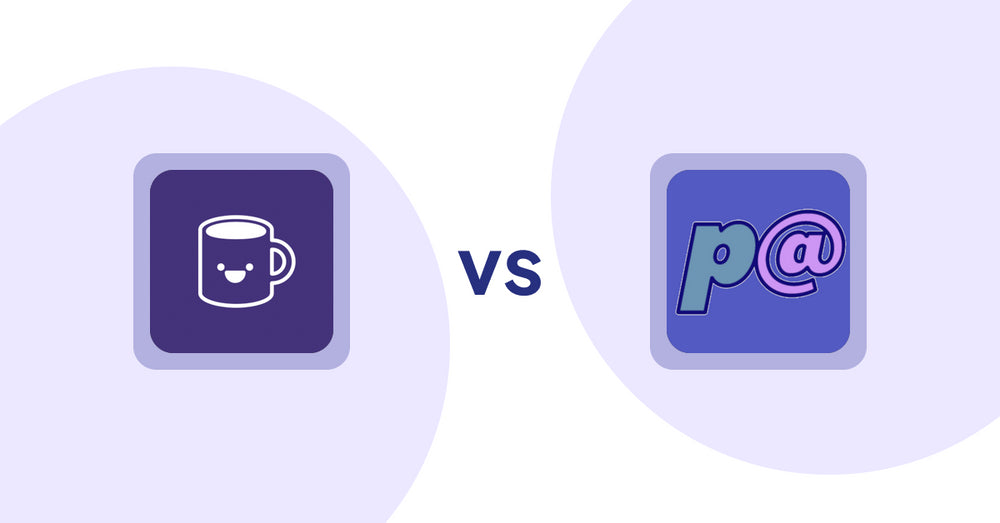
Shopify Product Display Apps: Mugshot Bot vs Parameterizer

Shopify Product Display Apps: Peftrust vs. Wordo ‑ ChatGPT AI Description

Shopify Product Display Apps: Quick Product Navigator Slide vs Reelify ‑ Shoppable Reel Video
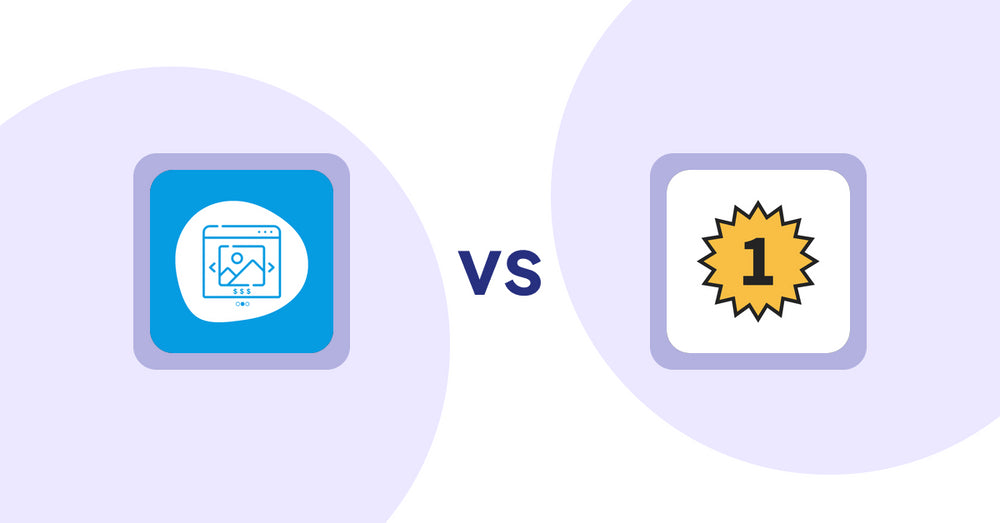
Shopify Product Display Apps: Quick Product Navigator Slide vs. UR: Smart Ranking
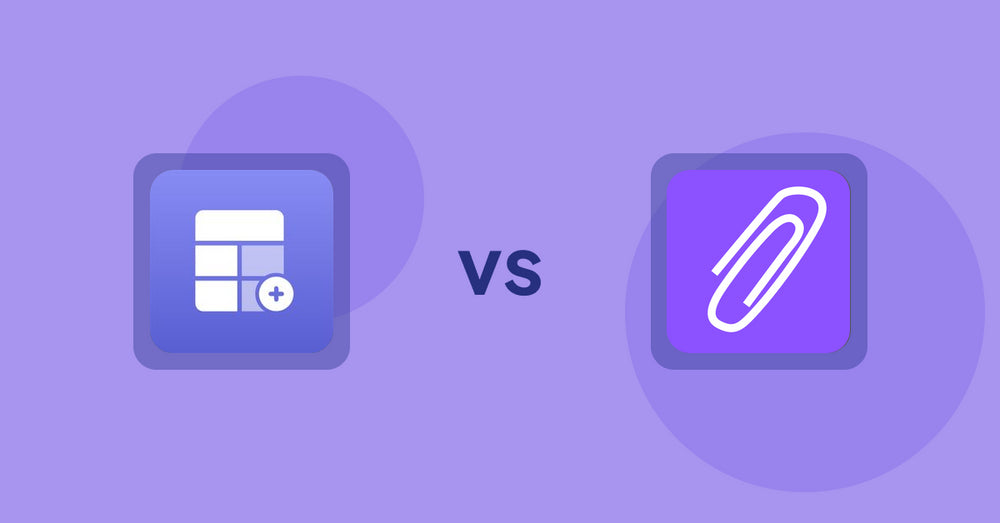
Shopify Product Display Apps: Eazy Specification Tags Table vs Agile Attachments
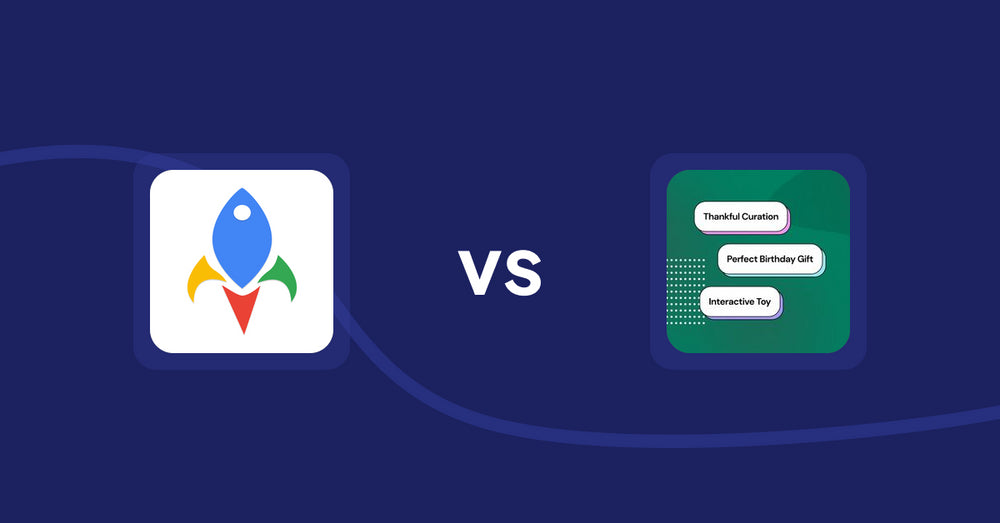
Shopify Product Display Apps: Jedi Back In Stock Admin Alert vs FeatureFrame ‑ Pretty Product
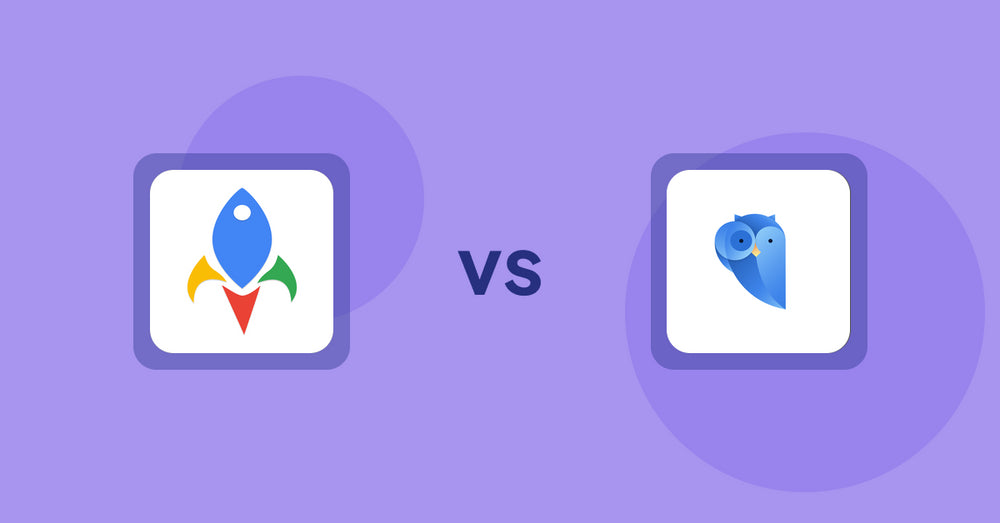
Shopify Product Display Apps: Jedi Back In Stock Admin Alert vs. Findify Search & Merchandise
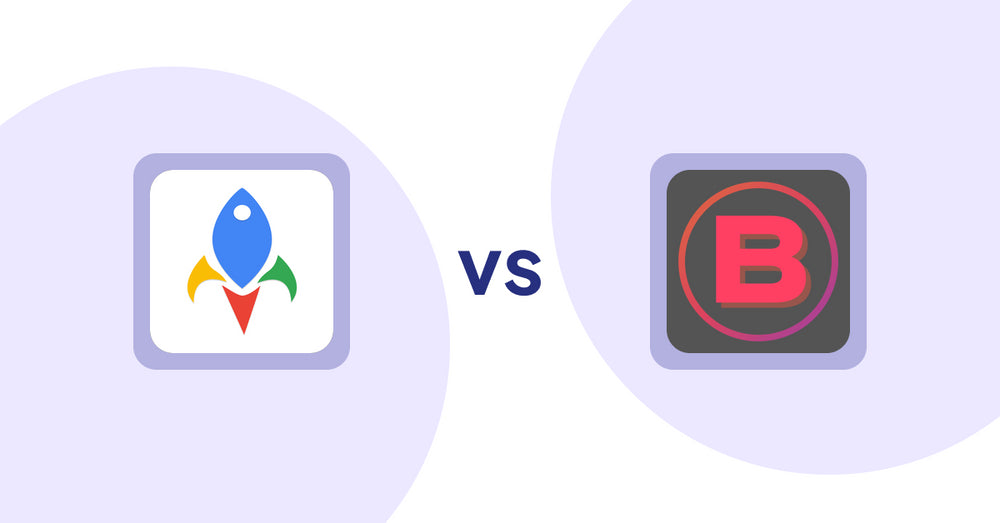
Shopify Product Display Apps: Jedi Back In Stock Admin Alert vs Banter Stories
